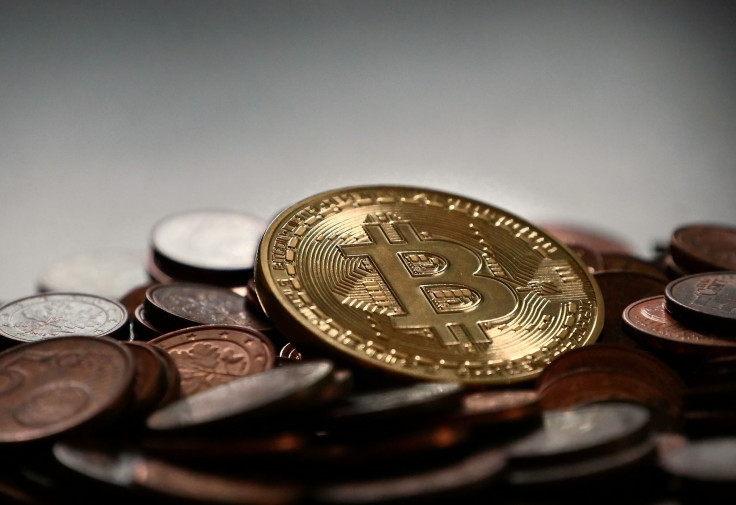Trump Campaign Manager Announces Cryptocurrency 'Frax', More Stable Than Bitcoin

"Out with the old and in with the new," an aphorism that befits Stephen Moore's decision to withdraw his nomination from the Federal Reserve Board of Governors and embark on a venture with cryptos.
Moore announced a cryptocurrency "stablecoin" called Frax on Monday along with his partners, as reported by Fortune. Frax will be pegged to the U.S. dollar like Tether (USDT) to prevent erratic price swings in the market.
The former Trump campaign manager told Fortune that cryptocurrencies align with his libertarian views, and he also believes that cryptos are a valuable alternative to state-backed money, especially under misguided policies.
"I've followed monetary policy for 30 years, and always been troubled by the government monopoly on currency, which is unhealthy for markets," said Moore. "It's very healthy for private competitors to challenge central banks over the money supply."
Frax will follow a fractional reserve system, which means that there's no pool of greenbacks to convert each Frax to dollars readily. This puts Frax in a different position from other stablecoins like Tether that once claimed each USDT would have an equivalent of $1 in reserve only to reduce it to $0.74 earlier this year.
One of Moore's partners is Sam Kazemian, CEO of Everpedia, a Wikipedia-like service, explained how Frax works in an interview last month.
"Frax uses on-chain lending (similar to compound.finance) to create interest cash flow that is used to buy back FRX stablecoins if the price drops. This is similar to how a central bank buys back currency with bonds by issuing debt."
Essentially, Frax will rely on algorithms for its reserves to be deployed to where it can earn interest, and its profits will help keep it pegged to the USD.
Stablecoin Woes
Facebook's Libra is a cryptocurrency that the social media giant is planning to launch, but it has been met with hurdles -- particularly from regulators and fleeing backers -- that is appearing to stifle its 2020 debut. And currently, none of its remaining 20 members have committed to support the crypto project financially.
Tether, on the other hand, is plagued with allegations of fake trading, disputing its climb in overtaking Bitcoin as the most used currency. It's also being investigated for taking part in a cover-up for client losses that amounted to $850 million.
Still, Kazemian sees it differently, "I think we are seeing a clear rise of stablecoins and demand for true currencies in the crypto industry."
"Stablecoins will be a huge part of the industry in the next 1-2 years," he further added.

© Copyright IBTimes 2024. All rights reserved.





















